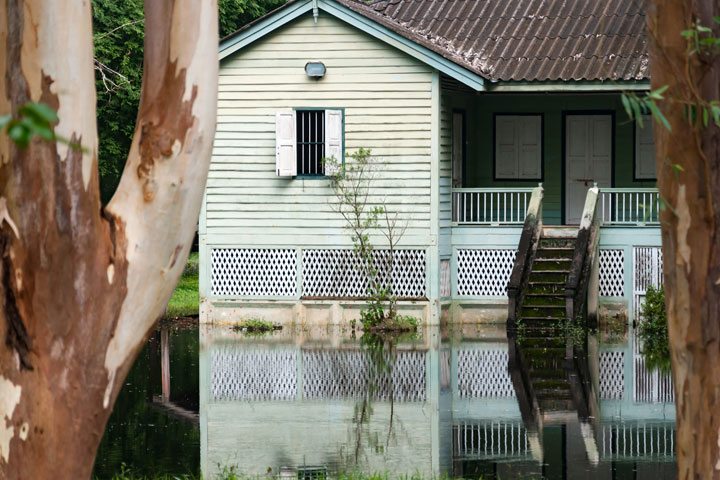Water damage is not an uncommon occurrence for homeowners. A leaking pipe, refrigerator or dishwasher, or flooding caused by weather conditions can cause a lot of damage and the spectre of mold can strike fear in the heart of any homeowner. This is why it’s important that you understand the extent to which your homeowner’s insurance will or will not cover water damage.
Homeowner’s Insurance to the Rescue — Maybe
Not surprisingly, some water-related damage is covered by homeowner’s policies, but not all. The language of the insurance policy will fundamentally control whether or not coverage applies.
The cause of water intrusion and resulting damage is key to whether there is coverage. When disputes arise between you and your insurer, it is usually over a lack of clarity in the policy language (in that situation, the language is usually construed in your favor). The dispute may also involve a conflict about the cause of the water intrusion and the resulting damage. If that is the case, the cause of the water intrusion has to be determined, and it must be one that is specified (or at least not excluded) by the policy for there to be coverage.
When Water Damage Is Most Likely Covered and When It Isn’t
Let’s start with water damage that is the result of weather conditions.
Was the water intrusion and resulting damage to your home caused by a weather condition that resulted in a flood? The reason this question is important is because homeowner’s insurance policies do not cover floods. The reason they don’t is that the consequences of a flood are too massive for an insurer. In fact, a flood is typically a nationally declared emergency.
A homeowner’s insurance company would be hard-pressed to charge a sufficient premium (much less one that people could afford) to cover the magnitude of loss resulting from a flood. Remember that insurance works by spreading the likelihood of risks over all of its insureds and allocating the cost of paying likely claims over that same group of people.
What is a Flood?
The Federal Emergency Management Agency (FEMA) defines a flood as a general and temporary condition of partial or complete inundation of two or more acres of normally dry land area or of two or more properties (at least one of which is the policyholder’s property). Flood damage can only be caused by the following water sources:
- Overflow of inland or tidal waters
- Unusual and rapid accumulation or runoff of surface waters from any source
- Mudflow
- Collapse of land along the shore of a lake or similar body of water as a result of erosion (and other technical water-related reasons).
Stated otherwise, a flood occurs when the source of the water is a natural source, and two or more properties are affected if you live in a residential area. If everybody in the neighborhood is having water problems, it is probably a flood. The outgrowth of this is that your homeowner’s policy is not likely to cover the damage. You need a flood insurance policy to have coverage for this sort of occurrence. The good news is that they tend to be relatively inexpensive, in part because floods are relatively rare. The federal government, rather than a private insurance company, is financially responsible for the payment of claims.
When Your Homeowner’s Insurance Covers Water Damage
Homeowner’s insurance coverage for a water claim comes, when a flood isn’t involved, in situations like this:
- Water entering the home (such as from rain), before touching the ground
- A roof leak
- A pipe that bursts
- A malfunctioning sump pump
- A broken hose on a dishwasher or washing machine
- A malfunctioning toilet
- Water damage due to extinguishing a fire
Water damage that backs up through your sewer or drain is not covered unless you have purchased special coverage.
It is important to understand that the “water claim” refers to the consequences of the water intrusion (ruined furniture, damage to hardwood floors, etc.) rather than to the repair or replacement of the malfunctioning appliance or equipment.
(This article has been reviewed in February 2024 since it originally published August 2016.)
